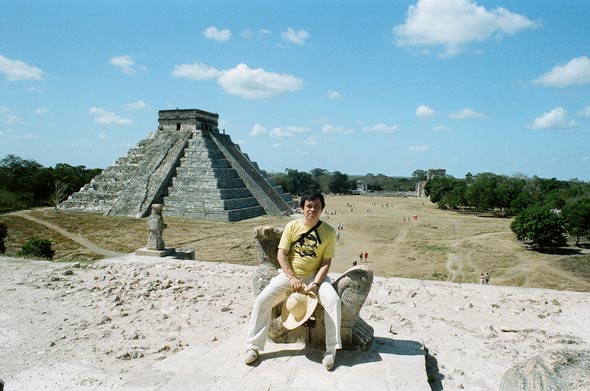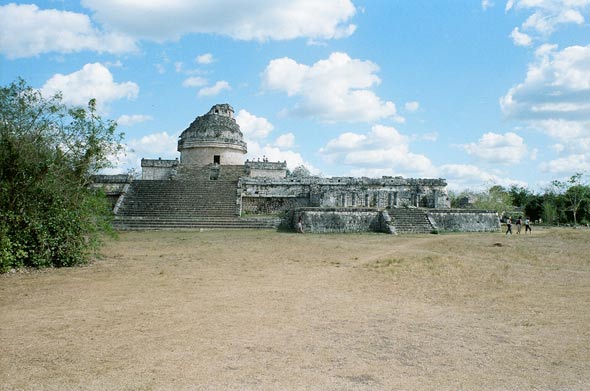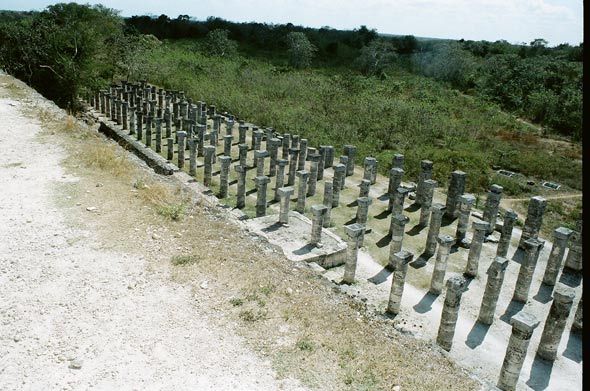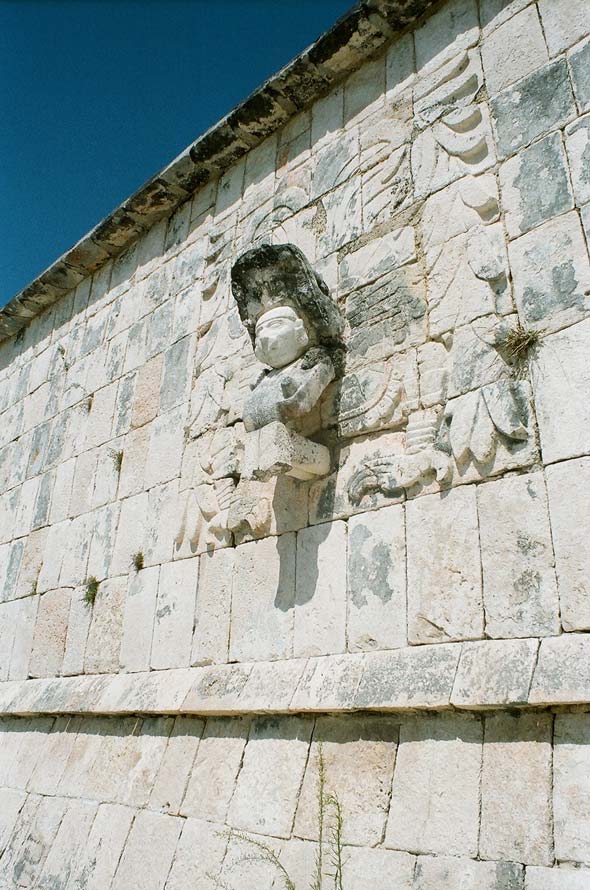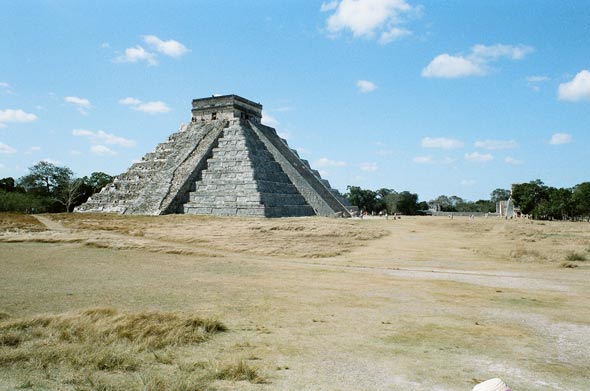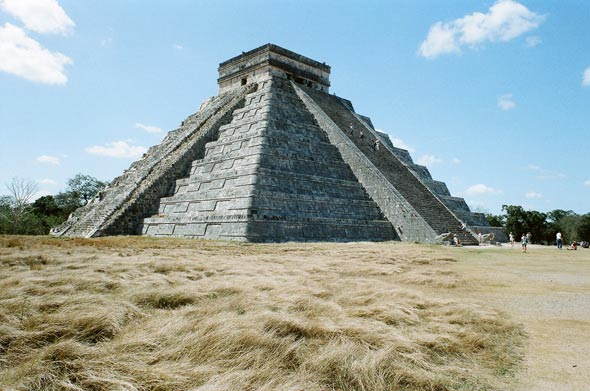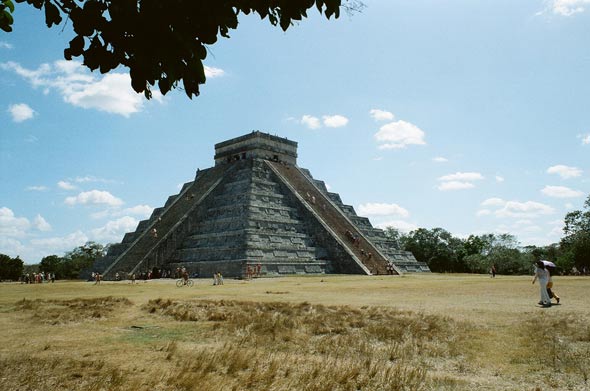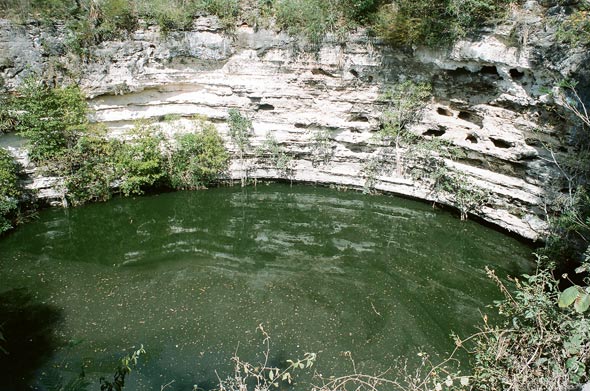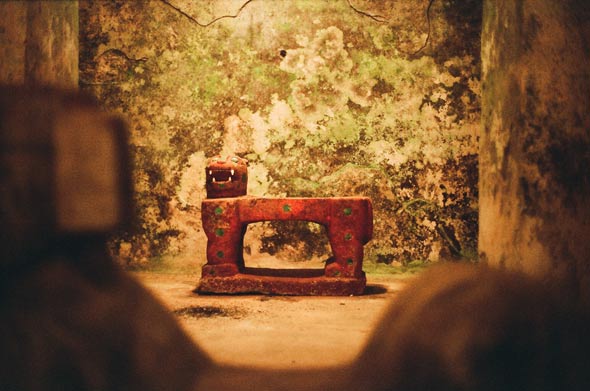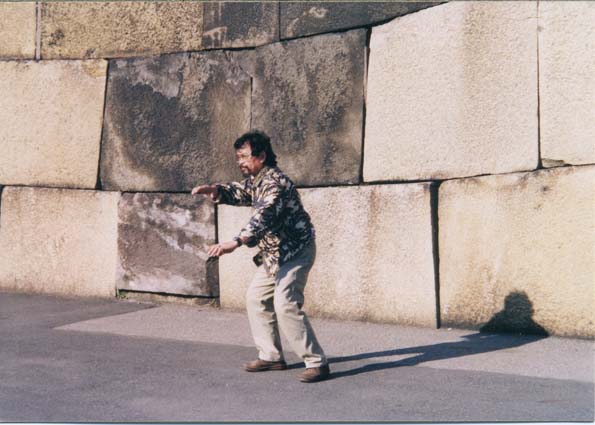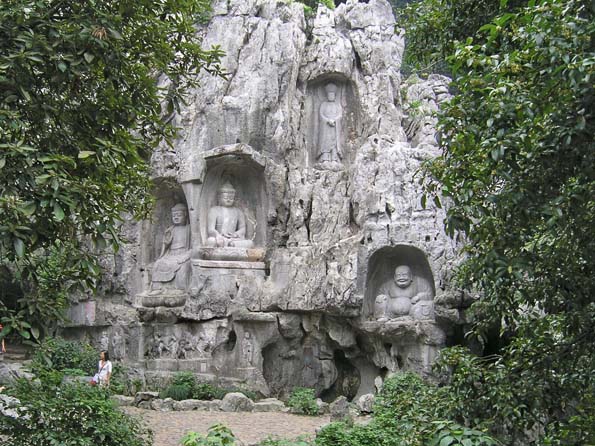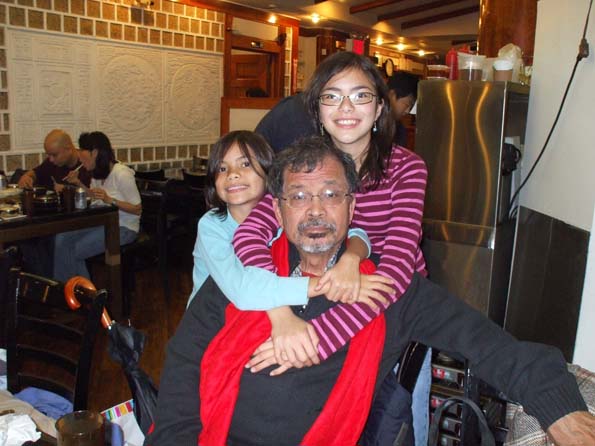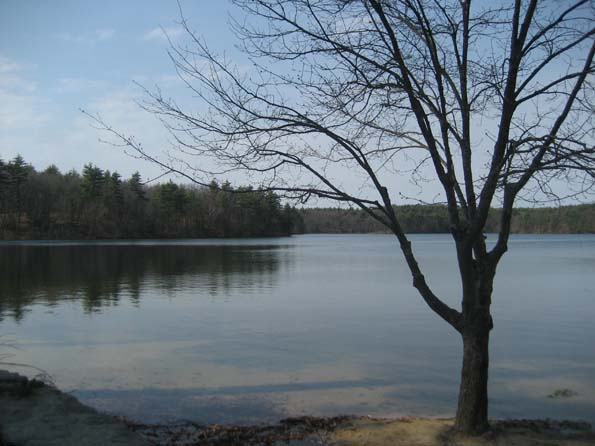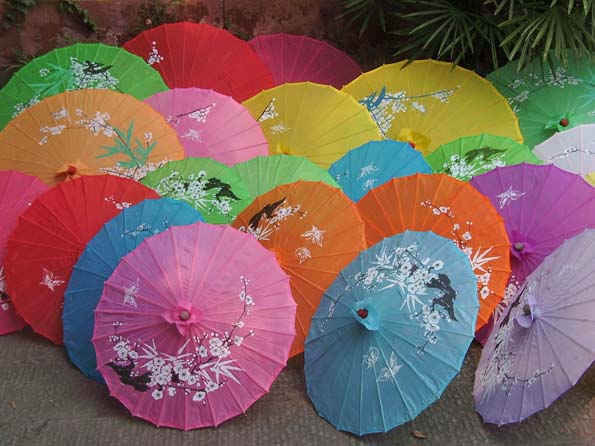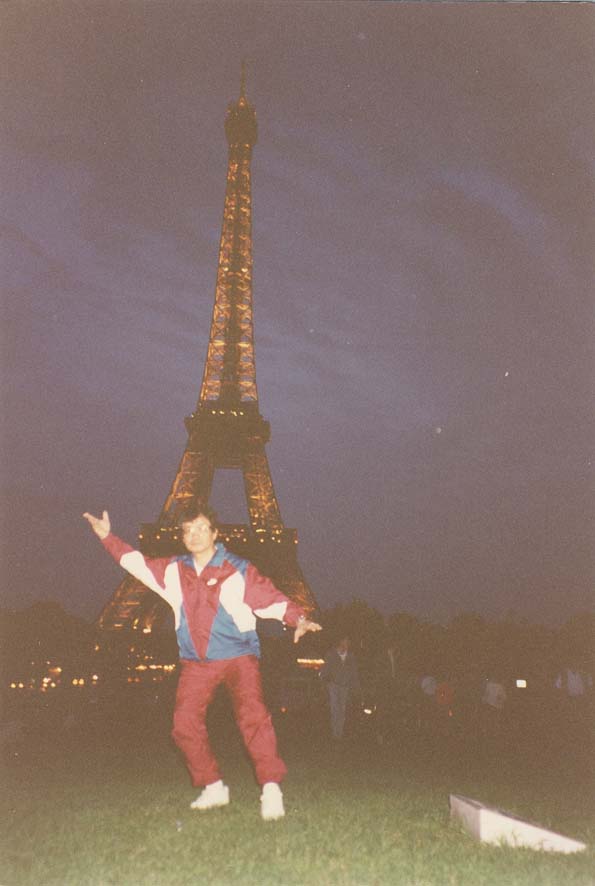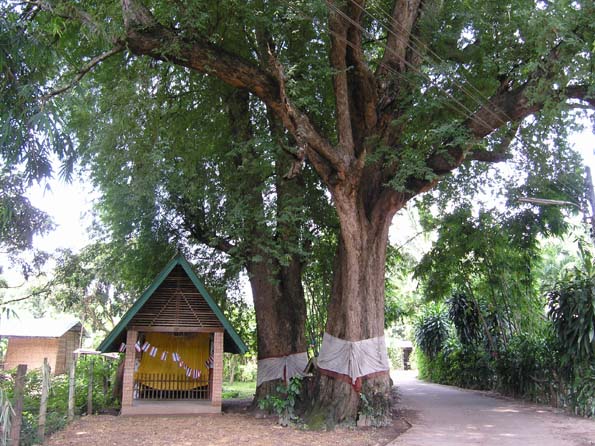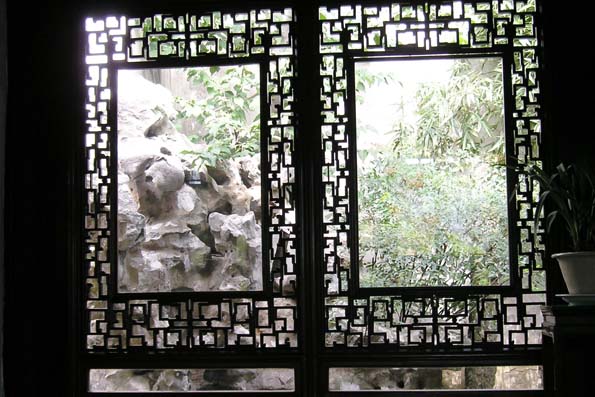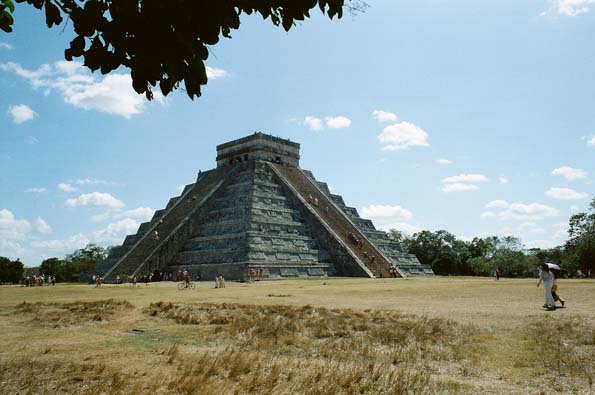December 21, 3 AM, Foothills of the Appalachian, PA
There are a legion of distractions pulling us one way or another, often different influences/temptations bombarding our senses, that we fail to listen to what is authentic and what is essential. To me, it is important to listen deep, in stillness. Since it is the year of the Water Dragon, the darkness offers the wisdom that we can listen to. The organ at this time in the season is the Kidneys. Their sense openings are the ears … they connect us to the external and internal worlds. While we can listen to the outside world, we can also listen to the internal. Water stands for flexibility and softness and deep wisdom.
One of my father’s favorite words was “meretricious.” It means something — an object, phenomenon, a person, a goal, status or event — that is attractive, sensational and seductive. Something that can turn our heads and make us lose sight of and forget what is truly valuable and genuine. Something that can also make us lose our anchor to our deeper Self, the spiritual and eternal, the flame that burns in our Heart. The Siren Song that pulls us away from our life and destiny.
I have often gone back to the ancient classics of Daoism. I have read them carefully — drank of their wisdom elixir. Simple words but deep and meaningful. Here are three passages — two from the Dao De Jing and one from Zhuangzi.
The masters of this ancient path
are mysterious and profound
Their inner state baffles all inquiry
Their depths go beyond all knowing
Thus, despite every effort,
we can only tell of their outer signs –
Deliberate, as if treading over the stones of a winter brook
Watchful, as if meeting danger on all sides
Reverent, as if meeting an honored guest
Selfless, like a melting block of ice
Pure, like uncarved wood
Accepting, like an open valley
Through the course of nature
muddy water becomes clear
Through the unfolding of life
man reaches perfection
Through sustained activity
that supreme rest is finally found
Those who have the Tao want nothing else
Though seemingly empty
they are ever full
Though seemingly old
they are beyond the reach of birth and death
Chapter 15, Tao Te Ching: The Definitive Edition by Jonathan Star
It mentions virtues that the ancient sages cultivated and how these virtues were applied to certain situations. The passage is actually an affirmation that we can read and memorize. In studying it, we should allow its message to emerge from the waters like a lotus.
At the center of our meditation is stillness. Beyond movement and contemplation, beyond theories and practices, is the subtle and elusive concept of stillness. Since humans are possessed of a Monkey Mind, it is difficult to arrive at stillness, that place of nothingness/ emptiness that no concepts, ideas, ambitions, dreams, achievements, pursuits can reach. It is where we finally find our … Self.
Chapter 16, Dao De Jing: Definitive Edition by Jonathan Star
Become totally empty
Quiet the restlessness of the mind
Only then will you witness everything
unfolding from emptiness
See all things flourish and dance
in endless variation
And once again merge back into perfect emptiness –
Their true repose
Their true nature
Emerging, flourishing, dissolving back again
This is the eternal process of return
To know this process brings enlightenment
To miss this process brings disaster
Be still
Stillness reveals the secrets of eternity
Eternity embraces the all-possible
The all-possible leads to a vision of oneness
A vision of oneness brings about universal love
Universal love supports the great truth of Nature
The great truth of Nature is Tao
Whoever knows this truth lives forever
The body may perish, deeds may be forgotten
But he who has Tao has all eternity
Zhuangzi, Chapter 4. Fasting of the Heart/Xin (modified from Essential Zhuangzi by Hamill and Seaton)
… Yen Hui said, “May I ask what method you’d employ?”
“Fast,” Confucius said, “and then I’ll tell you. But having the method is one thing, carrying it out is another. Will it be easy? Whoever thinks it might be easy is not suited to the job.”
“My family is poor,” Yen Hui said. “I haven’t tasted either meat or wine for months. Is that what you would call fasting?”
“That’s fasting for a sacrifice,” said Confucius. “It is not the fasting of the heart.”
“What is fasting of the heart, then?”
“Set your heart on the One,” said Confucius. “Don’t listen with your ears; listen with your heart. Then stop listening with your heart and listen with your Qi. Hearing stops with the ear, the heart stops with words and symbols. The Qi is empty. Being so, it can attend to all phenomena. Dao begins to roost in emptiness The emptiness is the fasting of the heart.”
